by Amanda Rose Newton
Watering– the make or break of a good gardener. Once you have mastered the art of correctly watering the plants in your yard, you officially earn your green thumb.
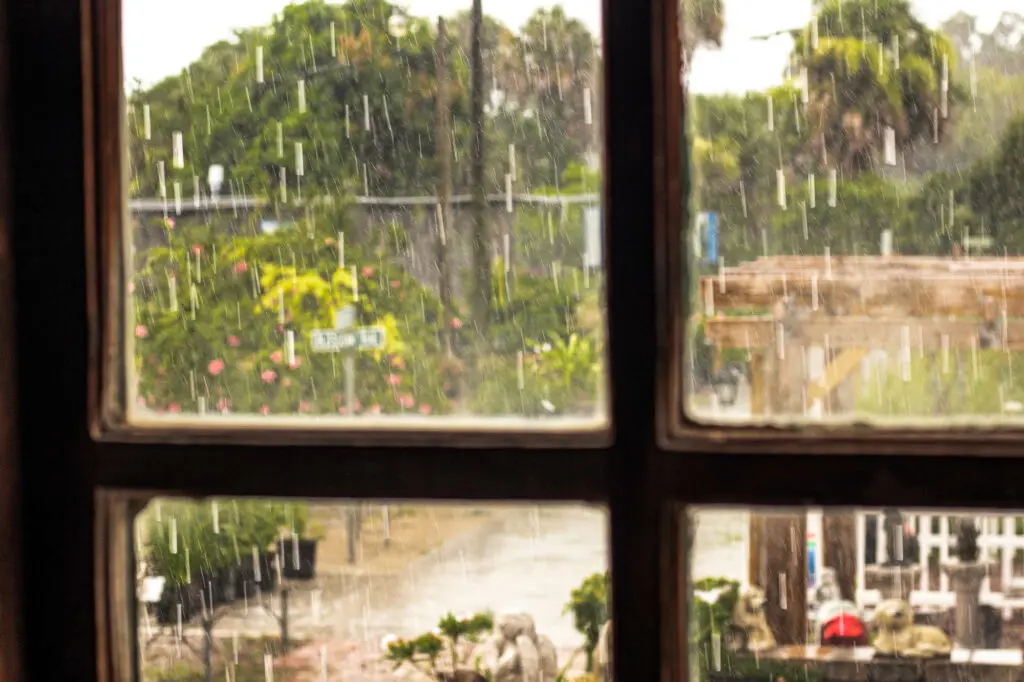
As the info specialists at the garden will tell you, overwatering or underwatering plants is the number one reason plants meet their demise as it causes them stress and makes them susceptible to insect pests, weeds, and fungal issues.
While quality soil and nutrition are important for plants, water remains top-tier. Just like us, all the wheatgrass and IV vitamins in the world are not going to stop us from dying if we decide to give up water.
Florida’s a rather unpredictable place for watering, especially when it comes to summertime rains. It feels like we are either getting ready to float out to sea or a month away from becoming the desert peninsula of the United States.
Another defining feature of correctly watering is that it’s all in the roots. Hate to break it to you, but your plant’s foliage doesn’t appreciate receiving direct showers as much as you might think.
The roots do most of the absorption, so the ground needs to be wet enough to reach them. If you have large trees in your yard, that will mean a nice deep watering.
Speaking of, duration over frequency is the one tip you should take away from this piece. A solid drink a couple of times a week versus a sip every day is always the better choice.
Watering With Irrigation Systems
Maybe it’s not a coincidence that irrigation and “irritation” are so close in diction. The former is certainly the latter. The best way to make the most of your system to benefit your plants comes down to learning your zones and planning accordingly, like a meal plan for plants– and yes, a little forward-thinking on your end. If one of your zones is mostly trees, it shouldn’t be set up the same way as a zone with a flower bed.
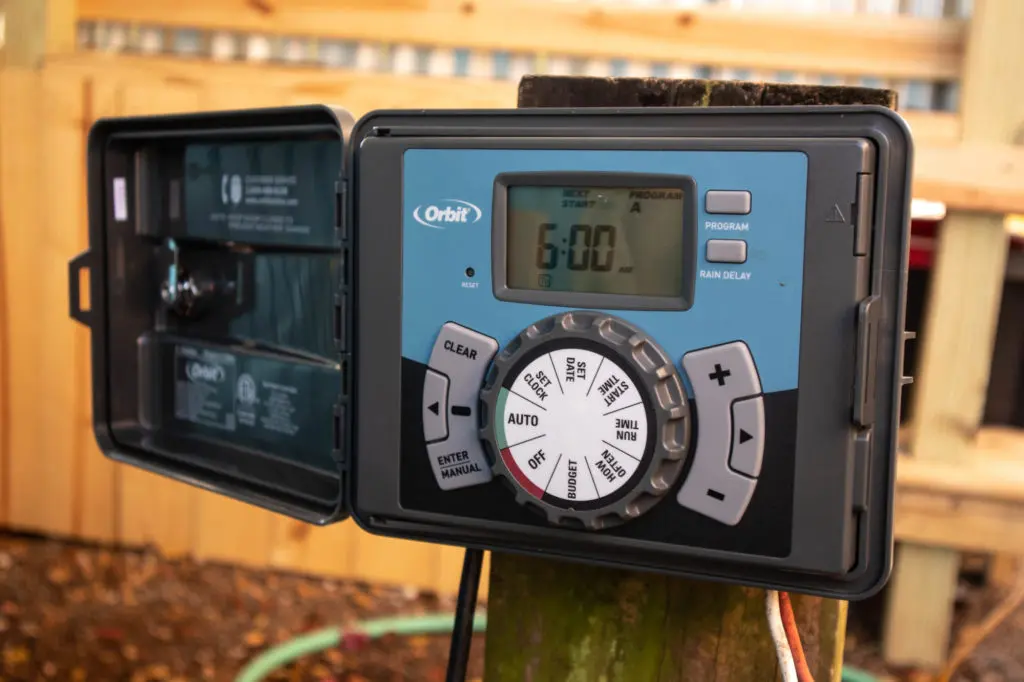
For tree and shrub zones, the run time should be increased to ensure at least 1 inch of water is applied to the soil in order to reach those roots! The good news here is that trees and shrubs (unless they are babies) do not need extra water each week. The only time they should be added in is during our desert-dry periods, aka our once-a-month droughts.
When placing plants in zones, be sure to choose ones with similar watering needs. This will save you headaches down the road.
When is the last time you checked to make sure your sprinkler system works the way it’s supposed to? It’s simple to check, just use a small Tupperware to catch the water while it’s running. This is also a great way to make sure the water is going in its intended direction and not wasting your money– and our most valuable resource.
Are Your Plants Trying To Tell You Something?
Make it a point to walk around your yard (or at least take a good look through the window) once a day to clue into possible water symptoms. Plants wear water stress on their sleeves (or leaves) and will present themselves as brown margins or tips.
Knowing your geology here helps too; if you know your plants are in majority sand, those brown markings are almost always due to lack of water. Drainage happens much quicker in the sand, and if you know your soil is not great in the drainage category then your plants are more likely to need less water.
Likewise, when certain plants like dollar weed become more and more present in the landscape, it is often a signal that you could knock the watering back a bit.
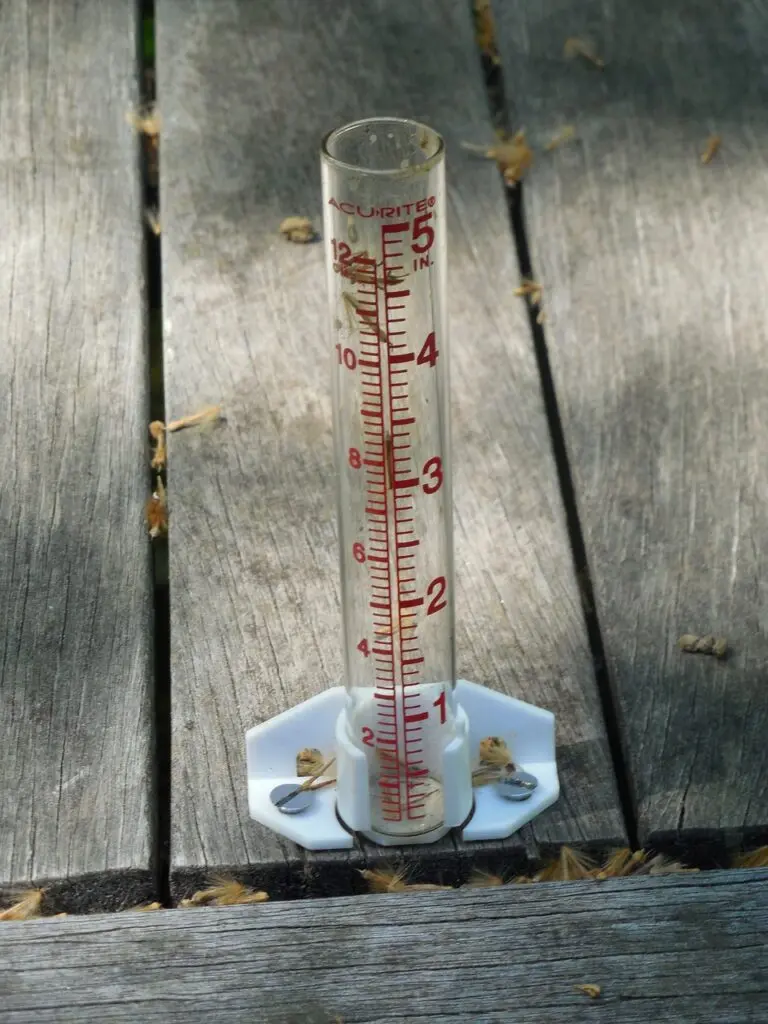
Another way to get in touch with your backyard ecosystem is by using a simple rain gauge. You do not need anything fancy, although if you are looking for an excuse, there are all kinds of rain gauges out there nowadays that you could easily spend a Saturday afternoon exploring.
However, the basic models are great at telling you that it has rained at least an inch that week, which your trees need. If it hits that inch, you know everything else in the yard was watered fully, too. If not, it’s time to water!
Planting in the Summertime
New plants need more water in order to establish and be healthy so that means you will need to be on a daily schedule with these guys for a few weeks. Two weeks, specifically. After that you can back it off to every other day for two weeks, then every 2 days for two weeks, until you reach the once or twice-a-week schedule.
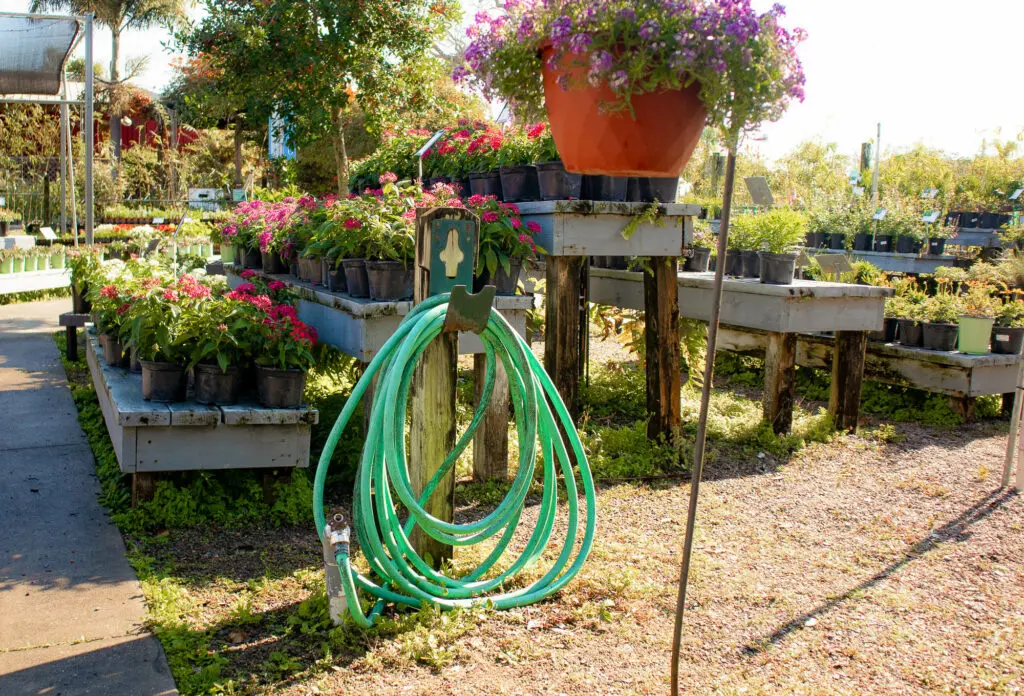
If you know your plant is going into sandy soil, soak the root ball first. If it goes into the ground dry, it’s going to be hard to saturate the root ball after it’s planted. Potting soil, especially those with peat moss, tends to push water away when dry.
Pots will need to be watered more than in-ground plants because pots dry out quicker. Testing the soil periodically for dryness will help foster a curated watering schedule for your potted plants.
Plants For Low-Water Environments
Plants, like people, adapt to their environment. They have conquered just about every habitat, including the very hot and the very dry. Xeriscaping, the art of using a low-water landscape, is a great way to show off your environmental consciousness while having an attractive garden.
Here are a few that are great for those who are in the “forgetting to water” club:
Aloe (Aloe spp.): Aloe is perfect in all seasons. In the summer during intense heat and dry episodes, water every other week, and in Winter, you might not need to at all.
Bougainvillea (Bougainvillea sp.): Drought tolerance doesn’t mean only succulents and cacti. To use a horticultural term, bougainvillea does not love “wet feet”. Once established, they will not need supplemental water unless there is a period of prolonged drought.
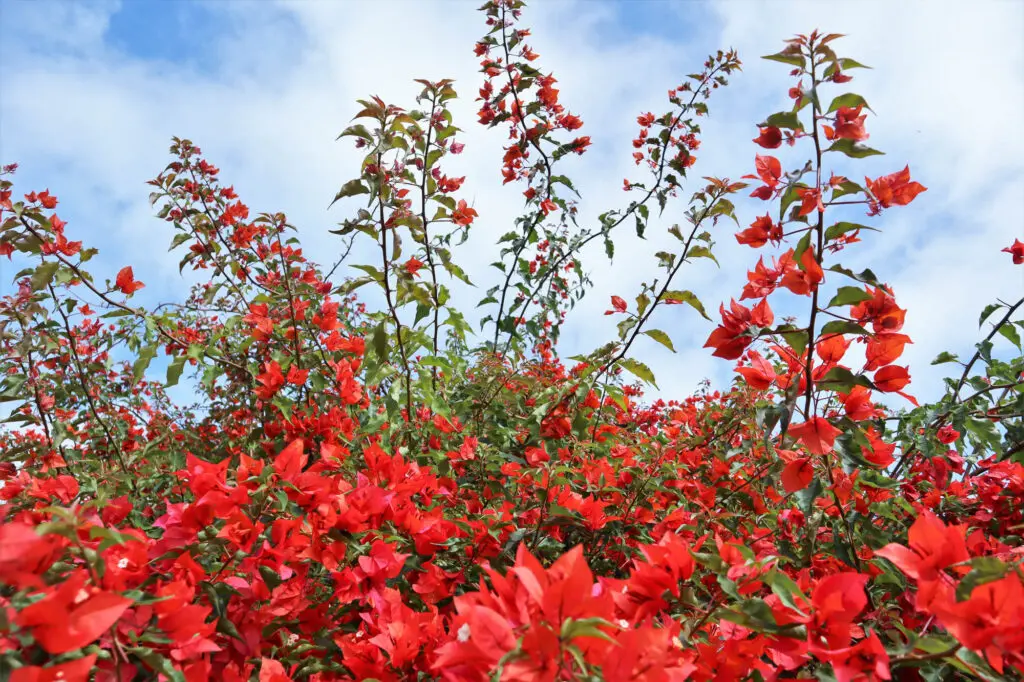
Florida Natives: Cocoplum, seagrape, dune daisy, muhly grass…all beautiful, and all have low water needs once established. An assortment that pays homage to both Florida and water conservation!
This is just a sampling of the plants out there that have low water requirements. Whether you have a green thumb or are just trying to keep plants alive, these make a great addition to the landscape.


